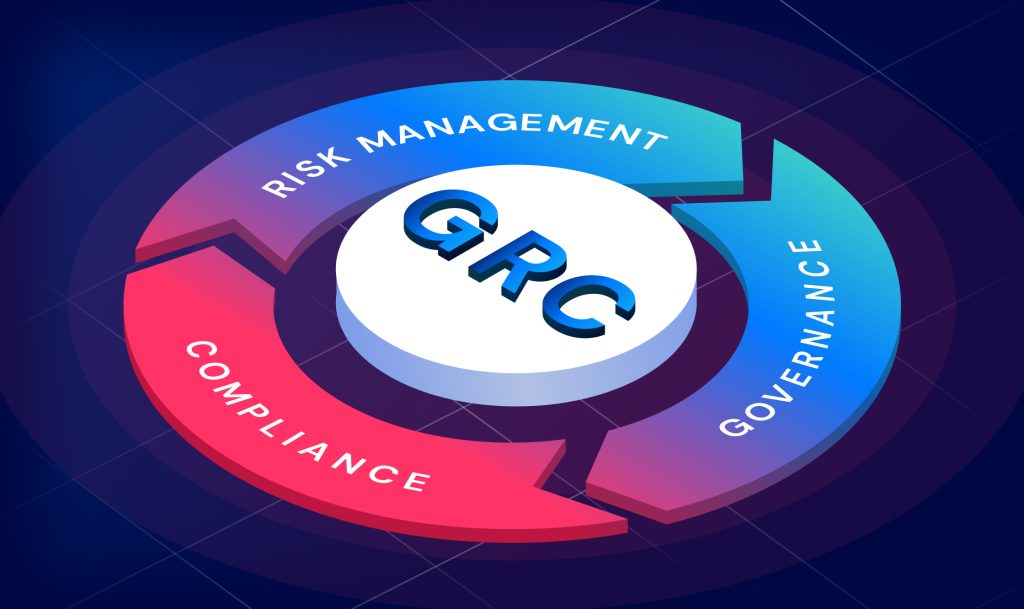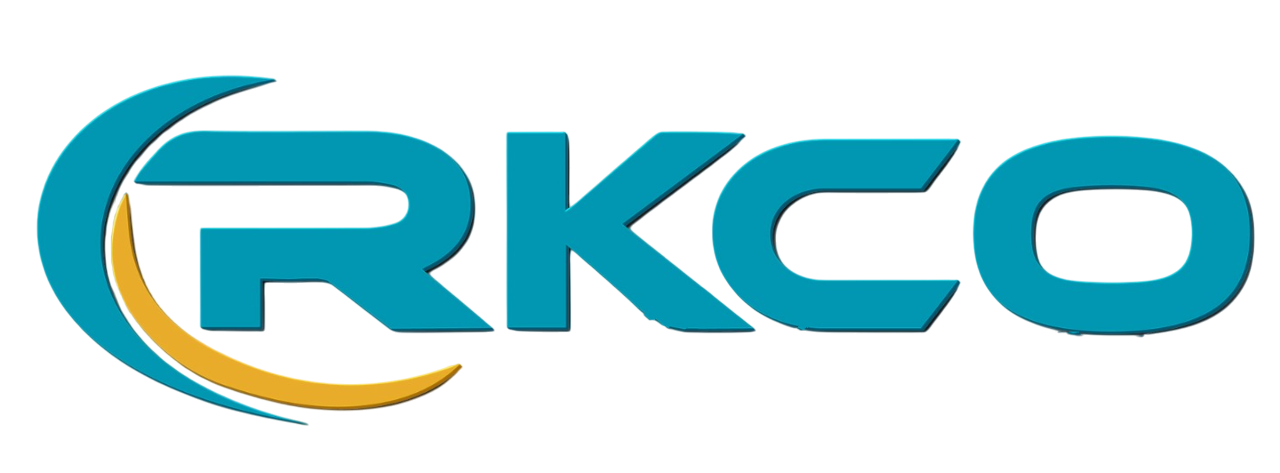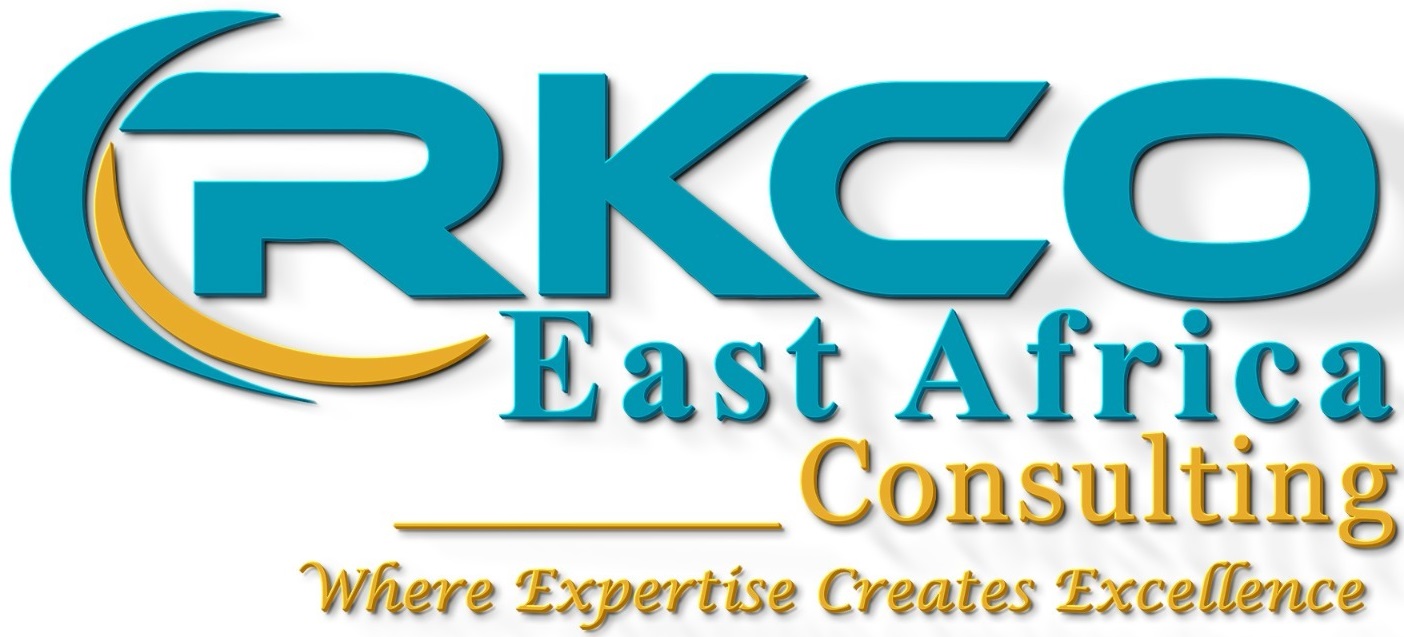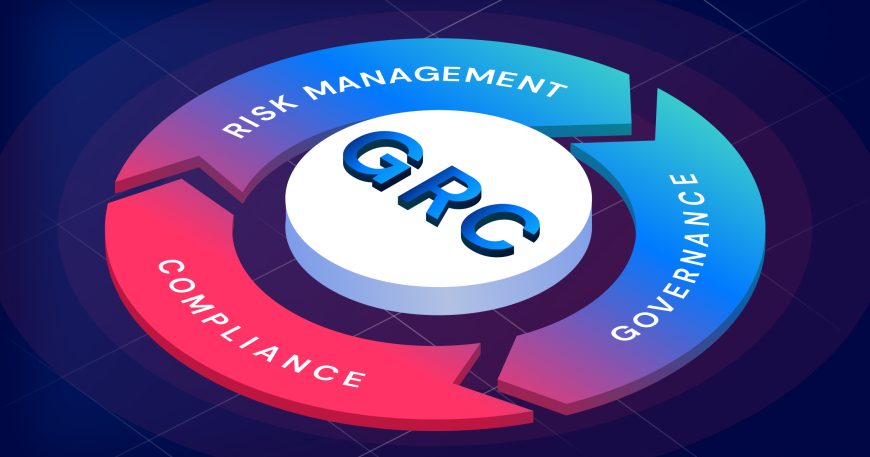
Understanding Corporate Governance, Risk Management, and Compliance (GRC)
Corporate Governance, Risk Management, and Compliance (GRC) are three interrelated disciplines that help organizations operate ethically, efficiently, and within the bounds of the law. Together, they ensure business sustainability, protect stakeholders’ interests, and minimize risks.
Corporate Governance
Corporate governance refers to the framework of rules, policies, and processes by which a company is directed and controlled. It defines the relationships between a company’s stakeholders—shareholders, management, board of directors, employees, customers, and regulators—to ensure fairness, accountability, and transparency.
Key Elements of Corporate Governance
- Board of Directors: Oversees management and ensures that decisions align with shareholder interests.
- Shareholder Rights: Protecting investors and ensuring fair treatment.
- Transparency & Disclosure: Clear reporting of financial and operational activities.
- Ethical Conduct & Social Responsibility: Ensuring the company acts in a socially responsible and ethical manner.
Why Corporate Governance Matters
✅ Builds investor confidence
✅ Enhances corporate reputation
✅ Promotes long-term sustainability
✅ Ensures compliance with laws and regulations
Risk Management
Risk management is the process of identifying, assessing, and mitigating risks that could negatively impact a company’s operations, financial stability, or reputation. Risks can arise from internal factors (e.g., fraud, mismanagement) or external factors (e.g., economic downturns, cyber threats).
Types of Risks in Business
🔹 Financial Risks – Market fluctuations, credit risks, liquidity issues
🔹 Operational Risks – Process failures, supply chain disruptions
🔹 Strategic Risks – Poor business decisions, competition, innovation challenges
🔹 Compliance Risks – Non-compliance with legal and regulatory standards
🔹 Cybersecurity Risks – Data breaches, hacking, phishing attacks
Risk Management Process
- Identify Risks – Determine potential threats to the organization.
- Assess Risks – Analyze their likelihood and impact.
- Mitigate Risks – Develop strategies to minimize threats.
- Monitor & Review – Continuously track risks and adjust strategies.
Benefits of Risk Management
✅ Prevents financial losses
✅ Protects company reputation
✅ Improves decision-making
✅ Increases resilience against uncertainties
Compliance
Compliance refers to a company’s adherence to laws, regulations, industry standards, and internal policies. It ensures that businesses operate legally and ethically while avoiding legal penalties and reputational damage.
Types of Compliance
- Regulatory Compliance – Following government and industry-specific regulations (e.g., GDPR, SOX, HIPAA).
- Corporate Compliance – Adhering to internal policies and ethical guidelines.
- Financial Compliance – Ensuring accuracy in financial reporting and disclosures.
- Data Protection Compliance – Safeguarding customer and company data.
Compliance Best Practices
✅ Implement clear policies and procedures
✅ Conduct regular audits and assessments
✅ Train employees on compliance requirements
✅ Use compliance management tools for tracking and reporting
The Interconnection of GRC
Corporate Governance, Risk Management, and Compliance work together to create a strong, ethical, and well-regulated business environment.
📌 Governance sets the framework and ethical standards.
📌 Risk Management identifies and mitigates threats to business operations.
📌 Compliance ensures adherence to laws and regulations.
When properly integrated, GRC helps organizations make informed decisions, prevent crises, and maintain sustainable growth.
Would you like a deeper dive into any specific area? Contact us Today for expert Insights
Contact Us Today




